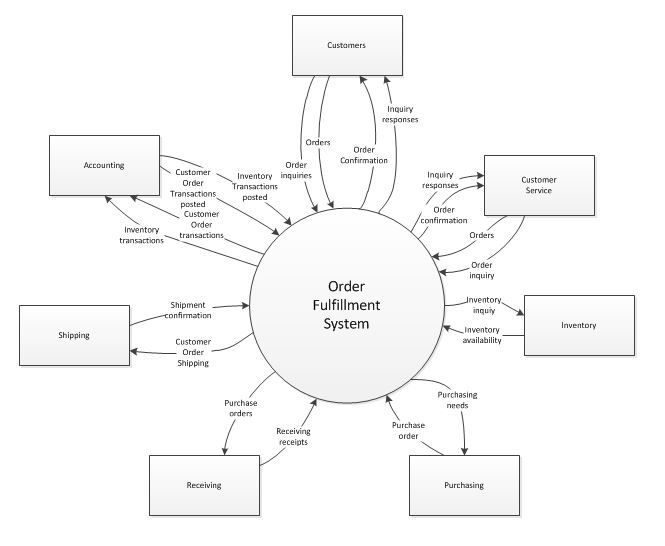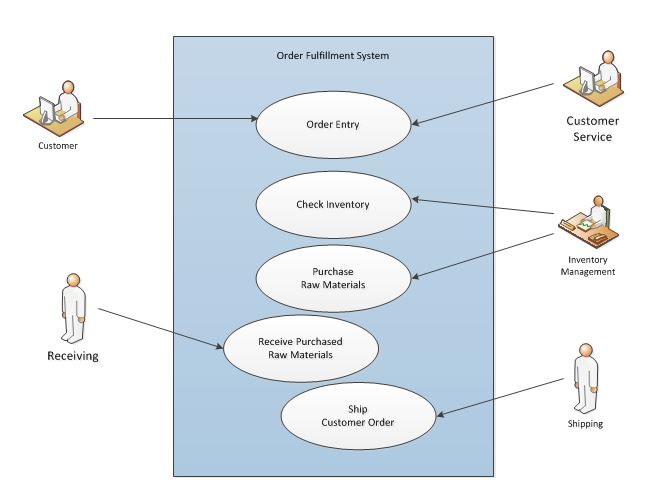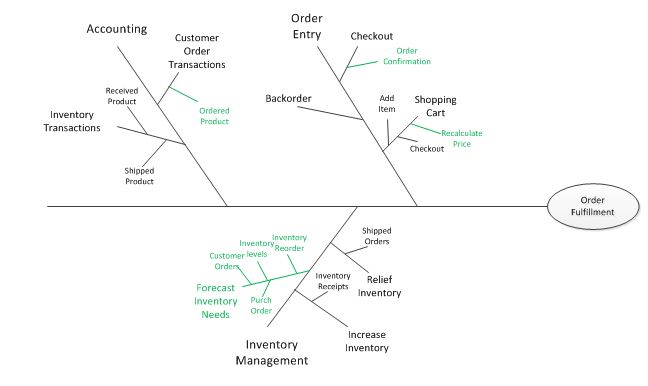‘Twas the Night before Implementation
‘Twas the night before implementation and all through the warehouse
not a program was working, not even a browse.
The programmers hung by their screens in such despair,
with hopes that soon, a miracle would be there.
The users were nestled all snug in their beds,
while visions of working systems danced in their heads.
When out in the snow there arose such a clatter,
I sprang from my desk to see what was the matter.
Away to the window I flew in a flash,
tore open the shutter, and threw up the sash.
And what to my wondering eyes would appear,
but a Senior Business Analyst with a six-pack of beer.
His resume glowed with experience so dear,
I knew in a moment; the miracle was here!
Advertisement
More rapid than the programmers could consume, his requirements they came,
and he shouted and clamored and called them all by name:
“Now Update! Now Inquiry!
Now, Create and Delete!
On Batch Job! On Interface!
On, Closing and Functions Complete!
To this programmer! and to that programmer!
Now code away! Code away!
Code away all!”
He was dressed in a tux, from his head to his foot,
and his clothes were bright, all glowing and afoot.
His eyes—how they shined! Fingers nimble and lean,
from weeks and weeks in front of the screen.
His cute little mouth was drawn up in a smile,
and his hair, every strand in place as he worked a mile.
He stopped only to take a swig of his beer,
as the work ahead circled in the atmosphere.
He worked so fast, and smiled aware of his self,
and I looked upon his work with dismay, in spite of myself.
A wink of his eye and a twitch of his head,
soon gave me to know I had nothing to dread.
He spoke not a word, but went straight to work in great affair,
turning out specs and models with such flair!
And laying his finger upon the “Enter” key,
and giving a wink, the system came to life to a tee!
The updates updated, the deletes deleted,
the inquires inquired and the functions completed!
The testers tested each whistle, and tested each bell
with nary an abend, all had gone well!
The system was finished, the tests were concluded,
the users’ last changes were even included.
And the client exclaimed with a snarl and taunted,
“That’s not what I asked for, but exactly what I wanted!”
–Aaron Whittenberger











